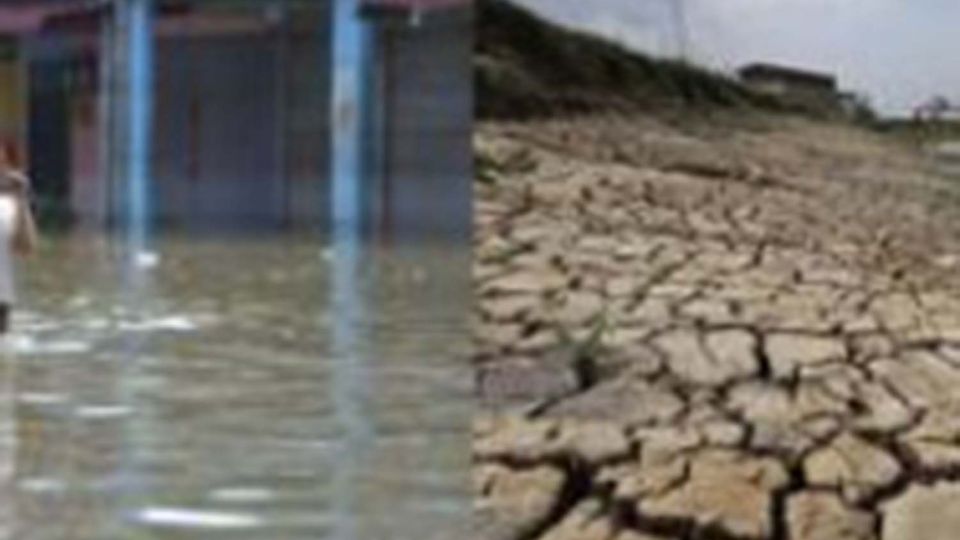January 27, 2022
PETALING JAYA – It could be scorching one day and raining cats and dogs the next.
So what can Malaysians expect for Chinese New Year?
According to weather experts, climate change has caused a surprising shift in weather patterns in recent years and people should be prepared for that.
Although Chinese New Year is usually associated with hot weather in Malaysia that normally ends in late February with the inter- monsoon season bringing thunderstorms, extreme weather and lightning expert Hartono Zainal Abidin said that in recent years, however, the thunderstorms had started earlier.
“Last year, it started before mid-February and this year, it started a few days ago.
“This is a surprising change of weather pattern and could be due to climate change,” he said.
He said the expected dry season between June and August last year also did not occur, adding that there were instead, frequent thunderstorms throughout the period.
Malaysia, said Hartono, was currently heading towards the end of the north-east monsoon, adding that the inter-monsoon season was expected to begin by mid-March.
“The monsoon season will continue until March but thunderstorms may occur intermittently.
“People should be on their guard since the violent thunderstorms that occurred this week brought not only lightning but also mini tornadoes that toppled trees and damaged roofs in the Hulu Kelang area.
“They should stay indoors when thunder is heard and be prepared to face violent winds when in a car,” he said.
Association of Water and Energy Research Malaysia president S. Piarapakaran also warned of the overarching potential risk from climate change and its impact on our weather patterns.
“Malaysia does receive rainfall throughout the year. Some seasonal patterns increase rainfall and some reduce it.
“The recent erratic weather pattern is a guide for us to always be on guard.
“We have warned about erratic weather patterns and their impact on water security sometime back,” he said, adding that the most important thing was to have proper planning and preparation for a worst-case scenario.
He said it was imperative for the government to update and improve its adaptation and mitigation measures at the federal, state and local authority levels.
“Water is essential for all of us. Too much rainfall causes floods and too little causes drought.
“The authorities should also be on the lookout for suspicious activity close to rivers that may pollute the water and cause supply disruptions,” he said.
On the flash floods in Taman Sri Muda in December that saw several fatalities, he said: “There are many reasons for flash floods, such as clogged drains, smaller drainage capacity compared to surrounding development, as well as high rainfall intensity. There must be a long-term plan for Taman Sri Muda, especially after the major flood,” he added.
On the Seri Kembangan landslide, Piarapakaran said the authorities needed to do more to find out what happened.
“The high velocity flow of surface runoff, especially during heavy downpours, can impact soil stability and drainage structure.
“The authorities need to carry out more investigations to find out the actual cause of this incident and to ensure that other building structures are safe,” he added.

